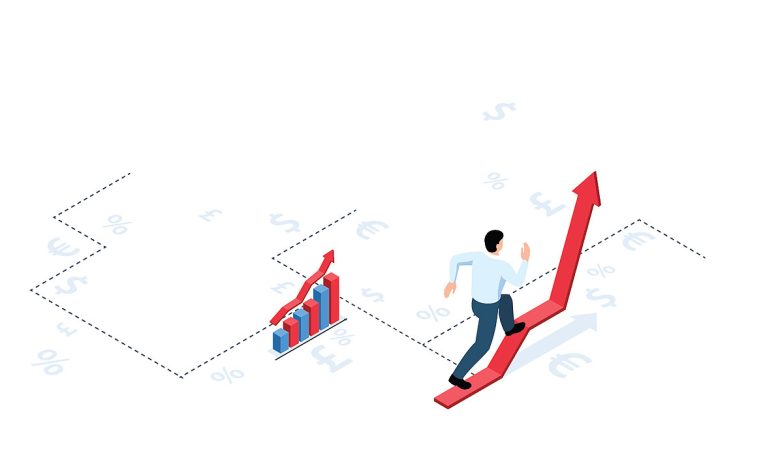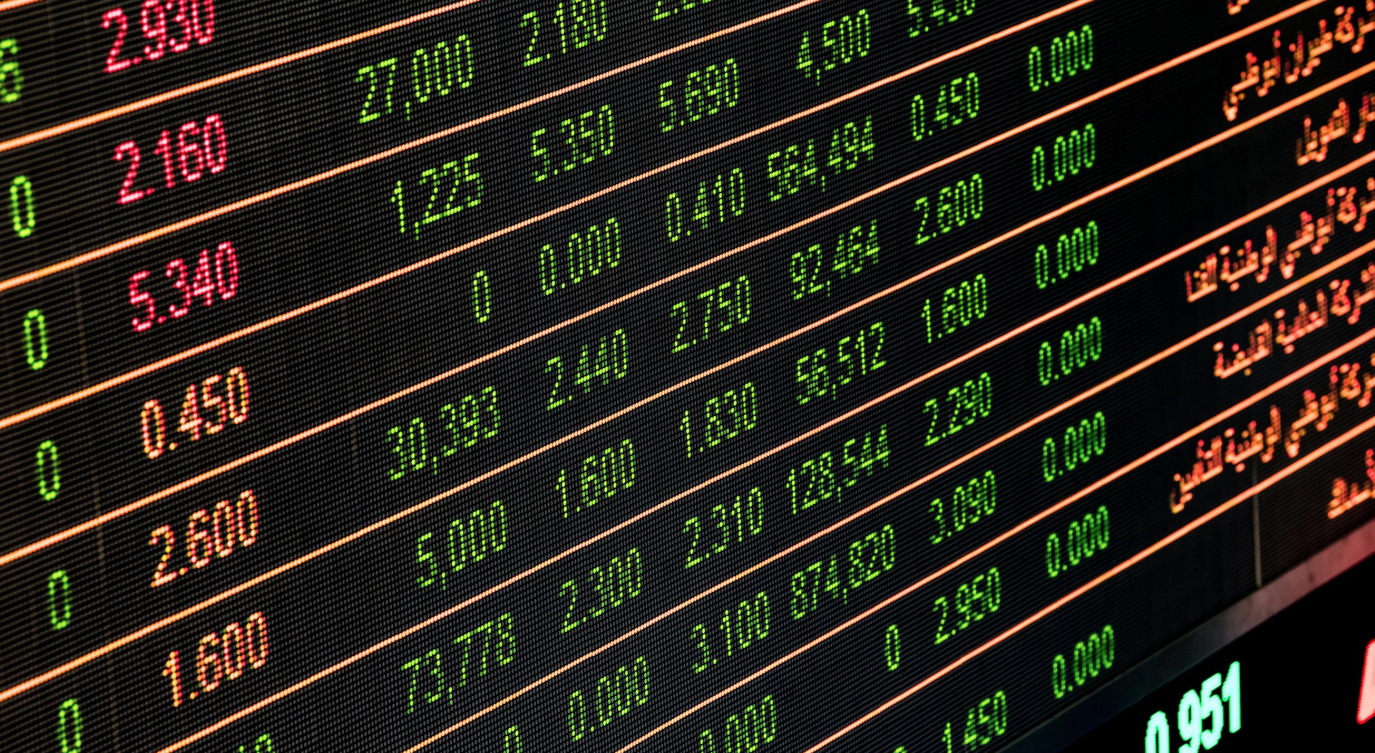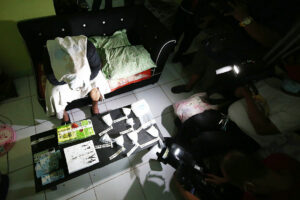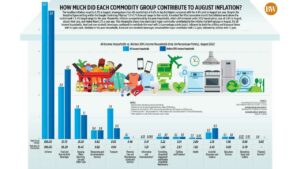How well has the economy bounced back in 2021?

The year 2020 will be remembered as the year that broke our 21-year streak of steady economic expansion.
COVID-19 triggered a five-quarter GDP contraction that caused the economy to shrink by 9.6% in 2020 and by 4.2% in the first quarter of 2021. Along with the contraction came a spike in our national debt to 60.4% of GDP (first quarter 2021) and a bloated budget deficit of 7.5% of GDP. COVID caused unemployment and poverty rates to balloon to 10.3% and 16.2%, respectively. Nearly 30% of all MSMEs went on indefinite hiatus or have closed permanently. Bar none, 2020 will go down on history as one of our most horrible years since becoming a self-governing republic.
Thanks to the availability of the vaccine, the long trek towards economic recovery began in the second quarter of 2021. Although the economy will only attain full recovery by the third quarter of 2022 (when output matches pre-pandemic levels), the year 2021 will be remembered as a year of healing.
As 2021 comes to a close, let us assess the extent by which the economy bounced back.
Between January to September, gross domestic product clocked-in a growth rate of 4.9%. The fourth quarter is rather encouraging given the benign rates of COVID infections and the extent by which the economy has opened up. That said, experts expect a 7% expansion in the fourth quarter. This should put the whole year growth rate well within the upper rung of government’s projections of 5.5%.
Inflation has been a festering problem principally due to the shortage of pork resulting from the Asian Swine Flu. Between January to October, inflation averaged 4.5% which negated economic growth in as far as buying power is concerned. The BSP (Bangko Sentral ng Pilipinas) forecasts yearend inflation to be at 4.3%, a figure seconded by the IMF.
The national debt burden remains high. It stood at 54.4% of GDP as of the end of 2020 and ballooned to 63.1% as of the third quarter of this year. We do not expect debt levels to decrease below the 60% threshold until 2023. Naturally, the high intake of debt caused gross international reserves to reach $107.9 billion as of the end of October. The BSP is awash with cash with M3 liquidity ratio at a comfortable 8.2%.
Massive spending by government worsened the budget deficit, from 7.5% of GDP as of the end of 2020 to 9.3% of GDP as of last September. It does not look like it will ease substantially by year end. Suffice it to say that the next administration will be left with the burden to balance the budget.
As for our foreign exchange earners, merchandise exports are seen to rebound by 14% in 2021 after posting an 8.6% contraction in 2020. The IT-BPM sector is seen to expand by 10% this year, following a 1.3% contraction last year. OFW remittances have remained resilient and will increase by 5.6% this year after shrinking by 1% last year. Our intake of foreign direct investments in 2020 was at $6.4 billion. This amount was surpassed as early as August this year. We are hopeful that FDI intake will surpass the 2019 intake of $8.7 billion.
The banking system is stable and strong. Non-performing loans stand at 4.4% while the capital adequacy ratio is at 17%, well above the 10% requirement of the BSP. Loans provided by banks increased by 2.7% this year.
So, what is the prognosis for 2022?
Assuming the attainment of herd immunity and the absence of lockdowns, we see the economy expanding by 7% to 9%. Inflation will ease to 3%, assuming the Department of Agriculture acts decisively on the pork shortage issue. Merchandise exports will grow by 6%, but will be outpaced by imports which will grow by 10%. Service exports, driven by the IT-BPM industry, will expand by 7%. Foreign direct investments are seen to reach $7.5 billion, but can potentially balloon to over $10 billion if the next president enjoys high confidence. The budget deficit will be a festering problem and so will high debt levels. But, like I said, this will be for the next administration to fix.
Although the prospects for 2022 seems sound, it is still contingent on the absence of another COVID surge and peaceful elections.
All this considered that the next administration will be inheriting a fundamentally weaker economy than Mr. Duterte did in 2016.
It will be incumbent on the next administration to future-proof the economy and this will require radical reforms. New laws will have to be enacted and/or existing laws will have to be amended to make the country a more competitive investment destination; increase manufacturing competitiveness; improve agriculture conditions and land use; improve education to better capacitate the workforce; curtail corruption by digitizing government functions; break down oligopolies; and widen capital markets, among many others.
The good news is we know exactly what to do fully maximize the potentials of the economy — but I will save that discussion for another day. Suffice it to say that 2021 was a good year in that we were able recover most of the ground lost in 2020. For that, we are grateful. I wish you all a Happy New Year!
Andrew J. Masigan is an economist
Facebook@AndrewJ. Masigan
Twitter @aj_masigan




